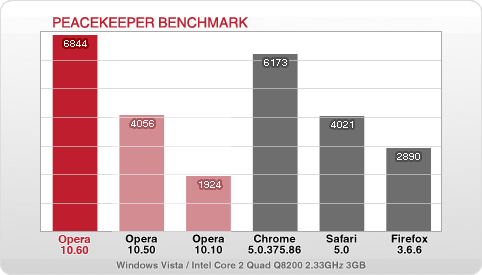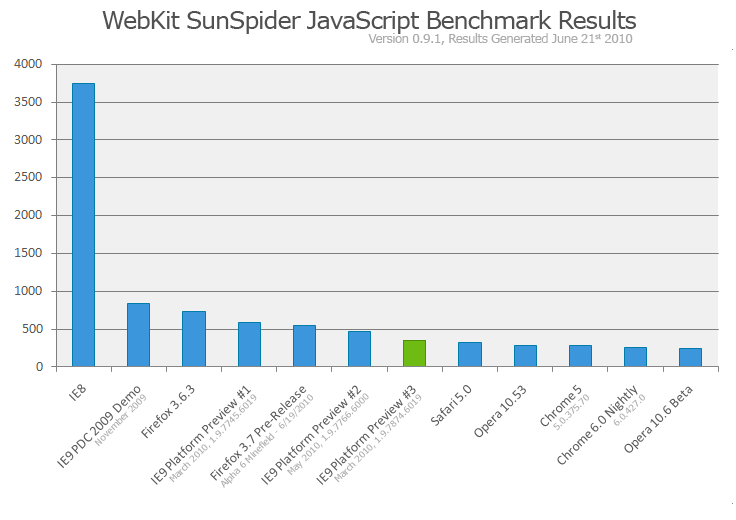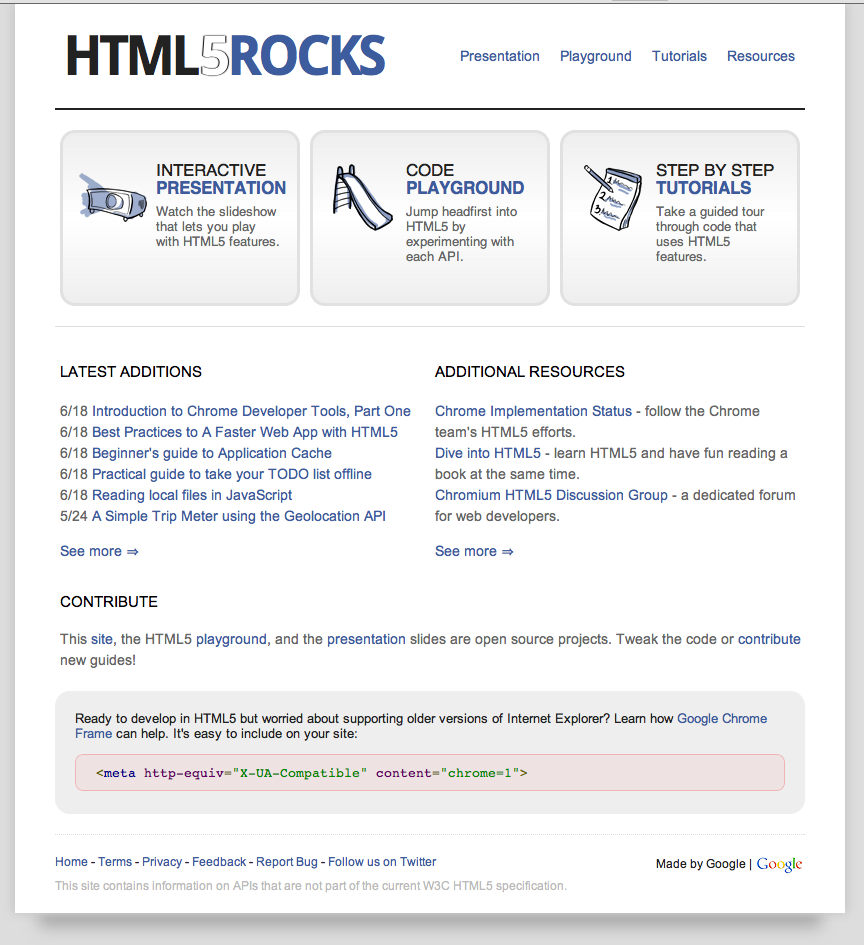Mozilla has just passed a massive milestone, with its two billionth Firefox add-on being downloaded from its Add-ons for Firefox website.
“When we reached 1 billion Firefox Add-on downloads in November 2008, we thought it would take us less than 3 years to get to the next billion, and with your help, we’ve gotten to 2 billion in half that time! With more than 150 million add-ons in use every day, we know that the next billion add-on downloads will be here before we know it” wrote Julie Shin Choi, on behalf of the Firefox Add-ons Team.
Mozilla’s implementation of add-ons for Firefox is by far the best solution, giving add-on developers much more control and freedom compared to add-ons and extensions available for Chrome and Opera. This implementation is the key to why Firefox has so many users today.
Any Firefox users who are not using add-ons are really missing out, with add-ons available for just about everything you can think of, from download management, to social and communication, and even to web development.
Firefox add-ons are free, and are checked by Mozilla before they are released to the public. You can start browsing for add-ons on the Add-ons for Firefox website.







